Volvo Photo Locations Part 52

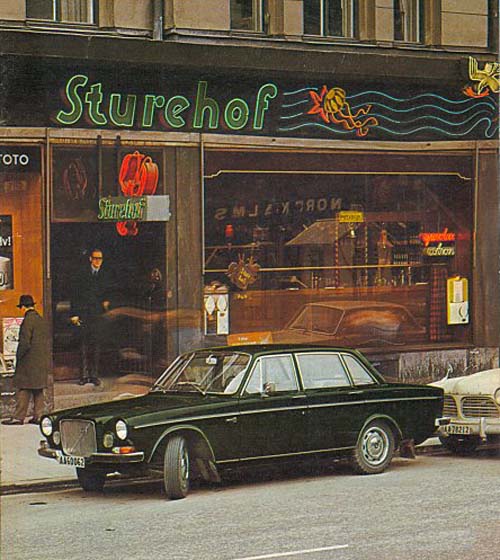
1969 - Volvo 164 at Restaurant Sturehof on Stureplan in Stockholm, Sweden 🇸🇪.
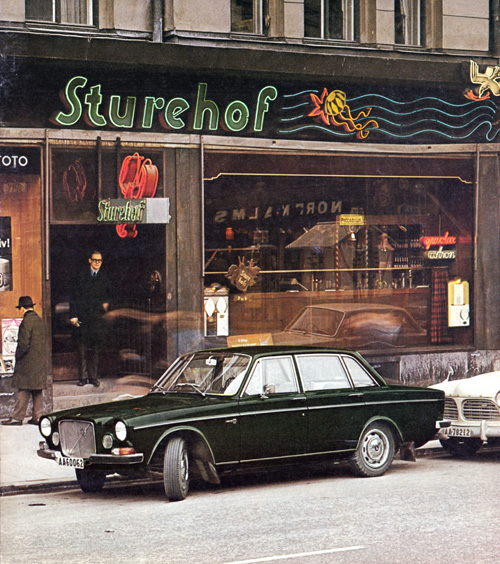
1969 – Volvo 164 at Restaurant Sturehof on Stureplan in Stockholm, Sweden 🇸🇪.
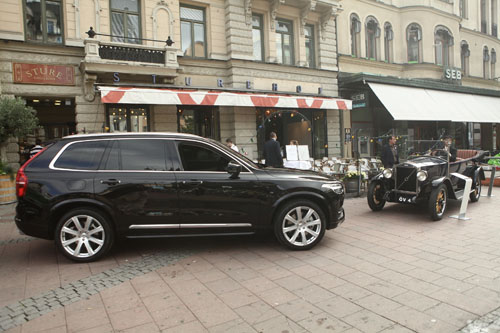
2014 – Volvo XC90 and Volvo ÖV4 at Restaurant Sturehof on Stureplan in Stockholm, Sweden 🇸🇪.
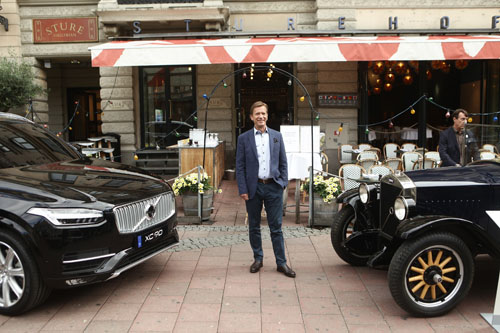
2014 – Volvo XC90 and Volvo ÖV4 at Restaurant Sturehof on Stureplan in Stockholm, Sweden 🇸🇪.
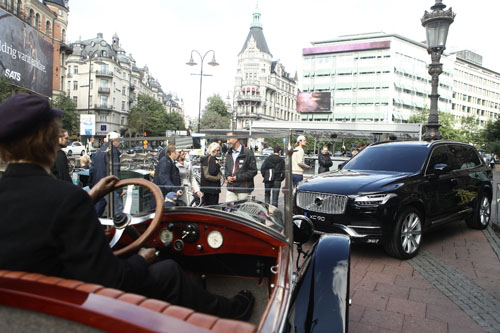
2014 – Volvo XC90 and Volvo ÖV4 at Restaurant Sturehof on Stureplan in Stockholm, Sweden 🇸🇪.
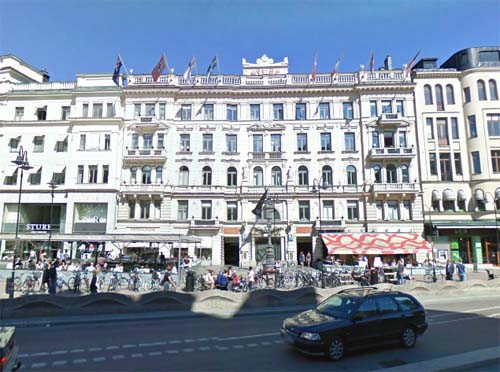
2012 - Restaurant Sturehof on Stureplan in Stockholm (Google StreetView)
Restaurant Sturehof is a dynamic and generous scene where we serve classical food of finest quality, with focus on seafood. Sturehof is a high class restaurant, without being luxurious, available for a wide range of people.
Steeped in tradition, Sturehof is at the same time a modern restaurant classic on par with famous brasseries in New York and Paris. Sturehof is also a stage for art exhibitions, concerts and artist performances. Our audience is a glorious mix of ages, origins, professions, and interests – in every conceivable way.
Stureplan in Stockholm is a high-end public square in central Stockholm, between Norrmalm and Östermalm. The square connects the major streets Kungsgatan, Birger Jarlsgatan and Sturegatan. The buildings around the square house offices of banks and other financial institutions, as well as several corporate headquarters.
Some of the country’s most famous and expensive restaurants and bars are located in the area around Stureplan. Some examples are Sturehof, Spy Bar, Riche, Laroy, Hell’s Kitchen, East and Sturecompagniet. Exclusive fashion houses with shops in the area include Versace, Hugo Boss, Gucci, and LV.
Here you also find the Sturegallerian mall and the Scandic Anglais hotel, part of the Scandic Hotels chain.
In Sweden, Stureplan has also become a well-known symbol for exclusivity since the major refurbishments during the 1980s. Known as an area with many expensive, luxurious bars and restaurants, it is considered a playground for upper-class youth, celebrities, young business executives and the hipper, more recent members of the Swedish Royal Family.
For Volvo fans, Restaurant Sturehof on Stureplan has a special meaning. It was here on july 25 in 1924 where Volvo founders Assar Gabrielsson and Gustav Larson decided to start together Volvo, over a plate of lobsters (kräftskiva)….
In 2014, Volvo wrote the following press release about this Volvo Photo Location:
The crabs, Sturehof and the creation of Volvo
A restaurant at Stureplan in Stockholm and Swedish crayfish came to form two important components in the creation of a Swedish world industry.
Today is 90 years since Assar Gabrielsson and Gustaf Larson decided to start Volvo over a plate of crayfish at the Sturehof restaurant.
The year was 1924. In the summer, J Edgar Hoover had been appointed the first head of the FBI and 20-year-old Johnny Weissmuller had won three gold medals in swimming at the Paris Olympics. A few years later he would become Tarzan with the whole world.
For the inhabitants of Stockholm, however, the visit of the American silent film stars Mary Pickford and Douglas Fairbanks had attracted more attention.
In August, the engineer Gustaf Larson passed by the Sturehof restaurant at Stureplan and saw that they had freshly caught crayfish on the menu. At one table he spotted a familiar face. It was Assar Gabrielsson, who also went there for the crayfish or kräftorna.
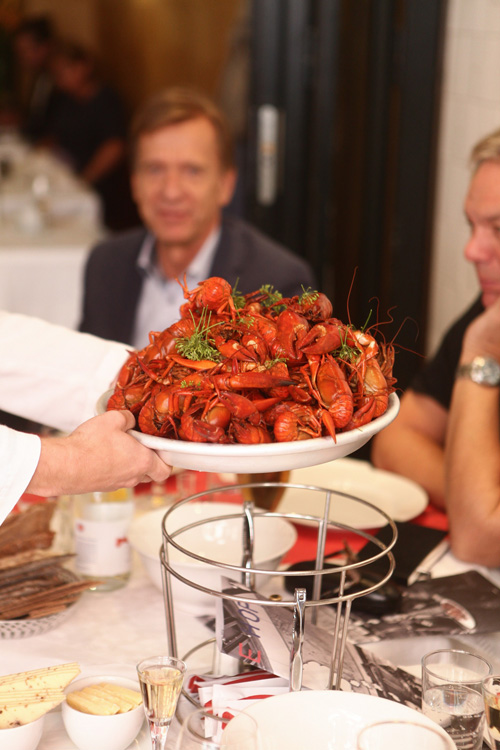
Their meeting was the start of Volvo.
Gabrielsson and Larson were former colleagues at SKF, the Swedish Kullager Fabriken. 33-year-old Gabrielsson was the economist who was head of SKF’s sales company in France. Larson, who was three years older, was the engineer who also worked with engine construction at Morris in England.
When they met over the crayfish at Sturehof, the conversation turned to cars. At that time, nearly 15,000 cars were imported to Sweden per year, most of them from the USA. Couldn’t Sweden have its own production?
The two entrepreneurs stated that there were four basic conditions in place to start a Swedish car company:
– In the 1920s, Sweden was established as an industrial country with international companies such as SKF, ASEA, Bofors and Husqvarna. There was a fleet of machines that could easily be converted for mass production of car parts
– The wages of the Swedish workers were low in an international comparison
– Domestic access to very high quality steel
– There was a need for cars that were adapted to the bad Swedish roads, which the American competitors with their soft suspension were not
Gabrielsson and Larson concluded a verbal agreement at Sturehof and a month later the work had begun. The nursery in Larson’s floor at Rådmansgatan 59 in Stockholm was transformed into a design office, where he, together with some young technologists from the Institute of Technology, created the first proposals.
In the summer of 1925, Larson and his technicians were finished with the chassis drawings. Gabrielsson sought financiers for the project, but they were difficult to find. He therefore decided to finance the first test series of ten cars with his own saved money.
A year later, however, Gabrielsson had managed to convince SKF to step in as a financier. Factory premises at Hisingen in Gothenburg were also made available to the new company.
The Volvo had started rolling.
On the morning of April 14, 1927, the first car came out of the factory gate. The car was officially called ÖV4 (Open Carriage 4) but colloquially it was called “Jakob”. The world’s first Volvo was born.

Restaurant Sturehof was established in 1897 and has since then been well known for its seafood. Generations of Swedes have, like Gabrielsson and Larson, enjoyed crayfish in the historic premises.
And, if snaps were involved, took a Volvo taxi home.
More information on www.sturehof.com.

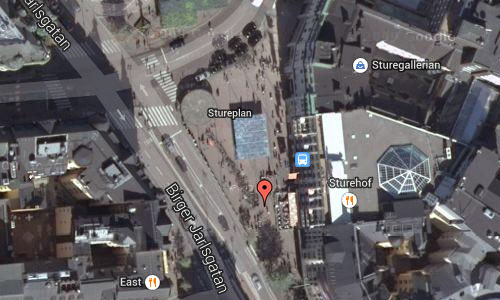
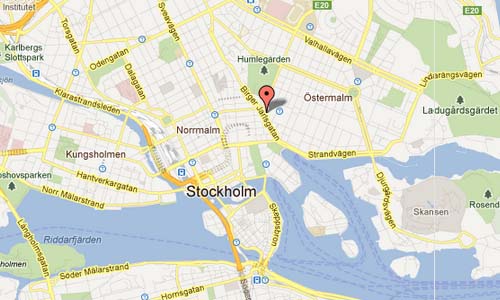

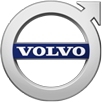
 Posts
Posts